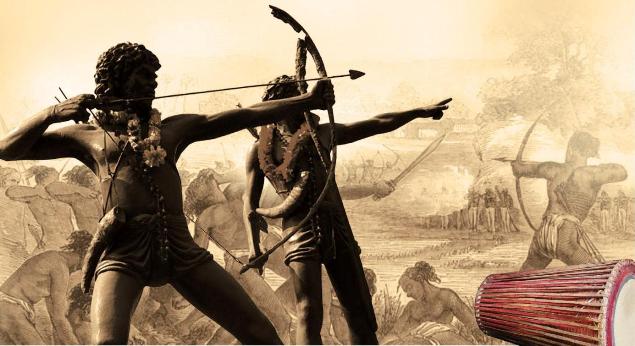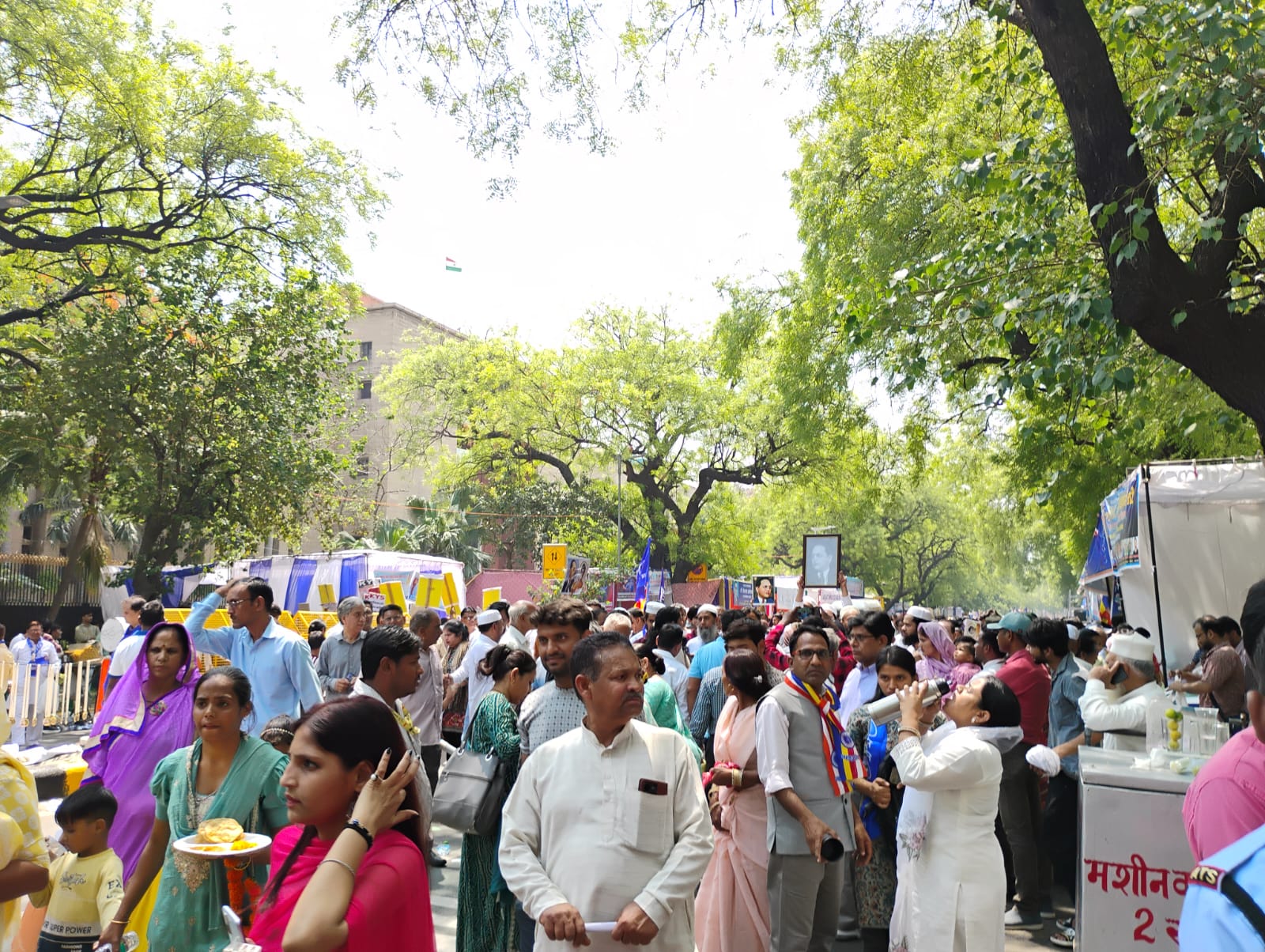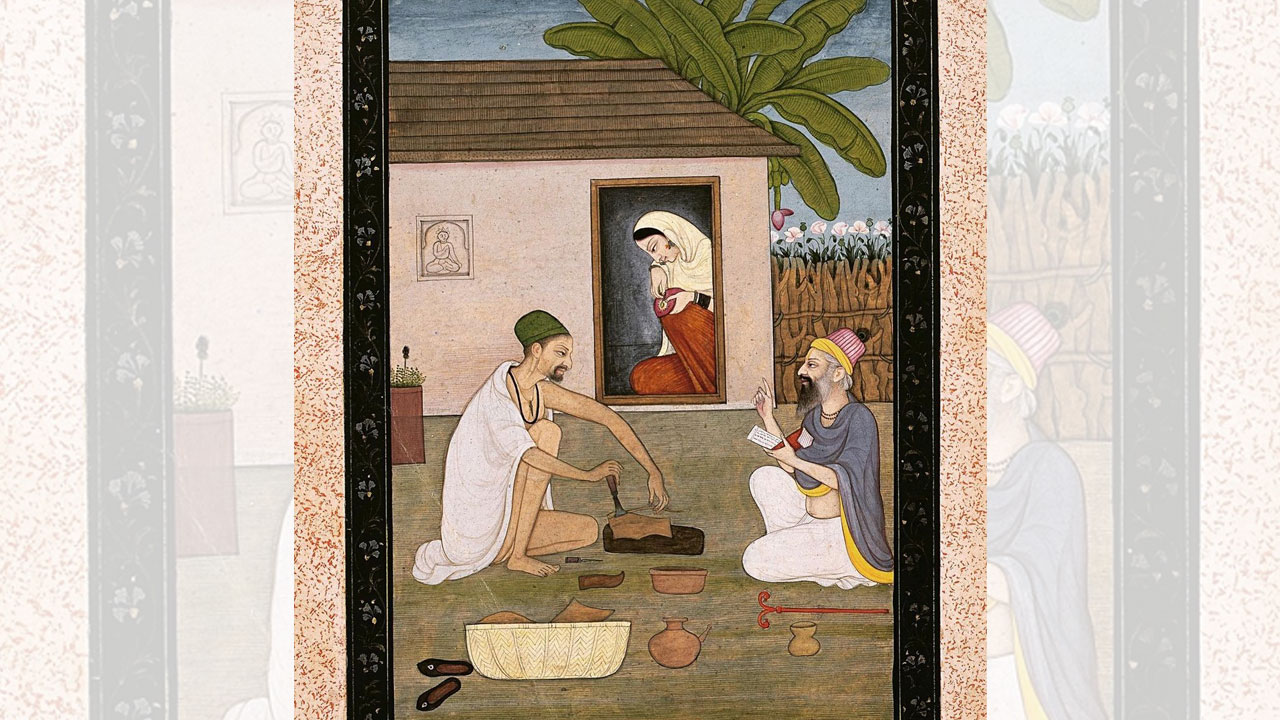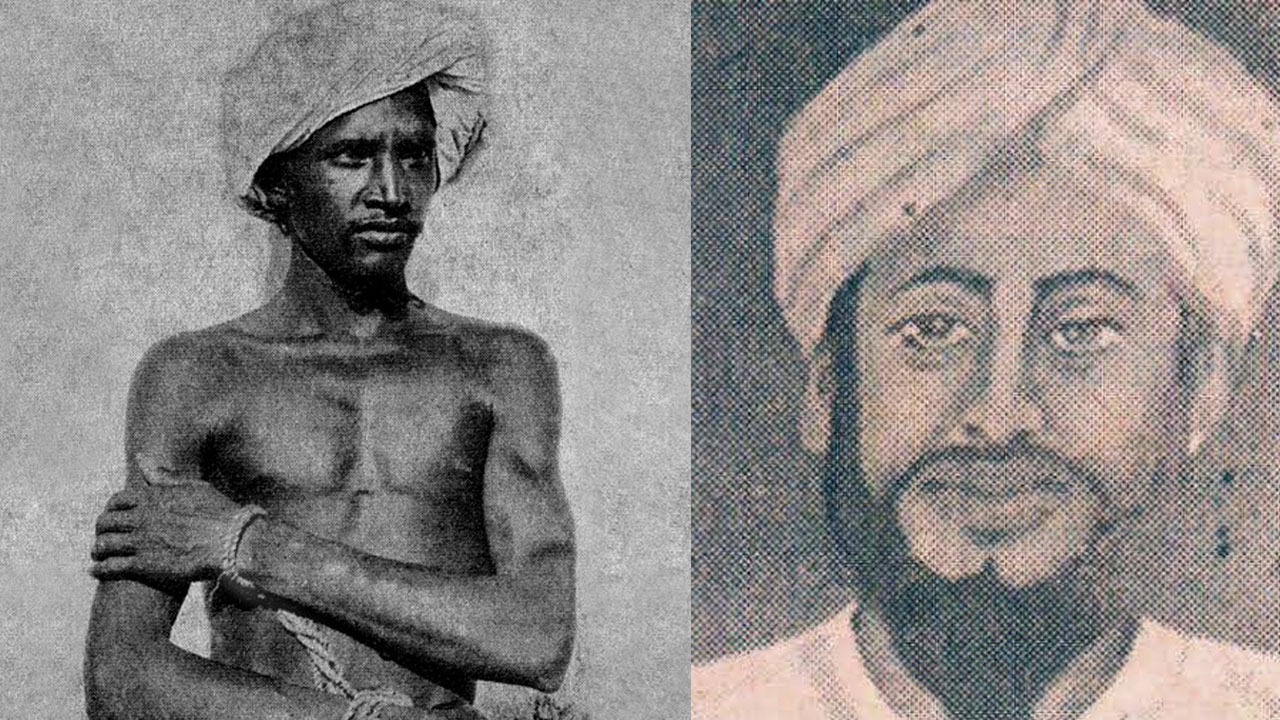During the years AD 1000–1026, Mahmud of Ghazni invaded India at least 16 times. He destroyed magnificent temples and looted wealth all the way to the Ganges. Each time, his army came through the Khyber Pass. Why didn’t any Indian ruler devise a strategy to prevent his forces from crossing the five rivers? Why didn’t anyone think of building the Great Wall of India? Why couldn’t our kings unite to fight him?
 One answer is: Back then, India did not exist as a nation even in the imagination of any of our rulers. Thankfully, Mahmud was interested in looting, not ruling. That gave to our leaders two hundred years to develop a system of coping with future aggressions – except that no one even remembered the
One answer is: Back then, India did not exist as a nation even in the imagination of any of our rulers. Thankfully, Mahmud was interested in looting, not ruling. That gave to our leaders two hundred years to develop a system of coping with future aggressions – except that no one even remembered the
danger from the Khyber Pass.
We had brave rulers, but the new generations remained unprepared because no Hindu or Buddhist wrote history back then. Today, we do know a great deal about Mahmud Ghazni’s terrible invasions but that is only because the very first history of India was written by the Persian Al-Biruni, who
travelled with him.
In 1191, Prithviraj Chauhan, the last Hindu ruler of Delhi, Ajmer and Sambhar, led a Rajput coalition against Muhammad Ghuri at the first battle at Tarain and defeated him. Within a few months, in 1192, Muhammad Ghuri returned to Tarain, defeated and killed Prithviraj and began seven centuries of Islamic rule over much of India. Why did Prithviraj lose? It was because his first-cousin (their mothers were sisters), Jaichand Rathore, the great king of Kannauj, supported the Muslim invader.
 In 1527, at Khanwa, a vastly superior army of Indian rajas (Hindu and Muslim Rajputs) had completely surrounded Babar’s demoralized forces. Why did they lose, inaugurating the Mughal Empire? And later, why did Maharana Pratap Singh’s own brothers serve as officers in the army of his enemy – Akbar, the greatest of the Mughals?
In 1527, at Khanwa, a vastly superior army of Indian rajas (Hindu and Muslim Rajputs) had completely surrounded Babar’s demoralized forces. Why did they lose, inaugurating the Mughal Empire? And later, why did Maharana Pratap Singh’s own brothers serve as officers in the army of his enemy – Akbar, the greatest of the Mughals?
Indian historians tend to shy away from the answer: The factor that prevented India from becoming a nation was a socio-political culture spawned and sustained by Hinduism. Maharana Pratap (1540–1597) was not fighting for India: he was fighting for his little kingdom of Chittor – why should other rajas risk their lives for his fort? Neither Maharana Pratap, nor anyone else even thought in terms of the “nation”.
Three hundred years before Christ, Greece gave the idea of the empire to Chandra Gupta Maurya via Alexander the Great. However, the Bible brought to India the sacred idea of the nation against the evil notion of the empire. In an empire you are a subject. In a nation you are a citizen. In an empire you pay taxes, but no one consults you on how much you will pay and whether that money will be used to build a Taj Mahal or an irrigation dam. In a nation you have rights and duties, privileges and responsibilities, opportunities and a just and equitable support structure.
It is easy to grasp why the religious obligation to practise untouchability robbed the Shudras and the outcasts of inner motivation to lay down their lives to defend the kingdoms of upper castes that dehumanized them.
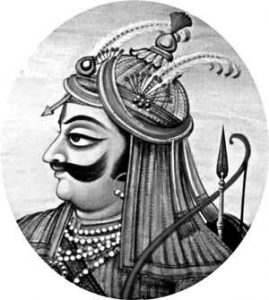 But, why couldn’t the kings get together to protect their kingdoms? One answer is the horse sacrifice – Ashwamedha Yajna. A ritual that was supposed to empower petty kings, made it impossible to unite them into a nation.
But, why couldn’t the kings get together to protect their kingdoms? One answer is the horse sacrifice – Ashwamedha Yajna. A ritual that was supposed to empower petty kings, made it impossible to unite them into a nation.
Jaichand was the last Hindu king in North India to perform the horse sacrifice to make himself the universal sovereign. His brave cousin, Prithviraj, refused to honour Jaichand’s ambition to reduce other kings into his vassals. Jaichand decided to put Prithviraj in his place. He made his statue of clay and positioned it as his doorkeeper. Prithviraj redeemed his honour by abducting and eloping with Samyogita – Jaichand’s daughter and his own niece, who loved her uncle.
It was seven centuries later, after the Mughal Empire had rotted from within, that another Hindu king, Maharaja Jai Singh II of Jaipur (1688–1743), performed the horse sacrifice to become North India’s ruler. Just fourteen years after him, a mere clerk in the East India Company, Robert Clive, won the Battle of Plassey (1757). That triggered the chain reaction that ushered in the British Raj.
Mangal Pandey, a Brahmin soldier at Barrackpore, fired the first bullet in 1857, which began the great “Sepoy Mutiny” against the British Raj. It has been labelled “The First War of National Independence” by V. D. Savarkar, in The Indian War of Independence, and Surendra Nath Sen, in Eighteen Fifty-Seven. However, R. C. Majumdar speaks the truth when he says that, “Merely a fight against the English, even with the distinct object of driving them away, cannot be regarded as an Indian war of independence.” And, “On the whole it is difficult to avoid the conclusion that the so-called First National War of Independence of 1857 is neither First, nor National, nor a War of Independence.”
 Those who fought were brave. They had very good reasons to hate the British. They did want to get rid of the British; but their heroic struggle failed because they did not have even one leader who had a vision of India or any understanding of freedom. The mutineers marched from Meerut to Delhi and captured it without much difficulty. Having “liberated” Delhi from the British, they went on to enthrone a totally incompetent descendant of the Mughals, Bahadur Shah Zafar, as the new emperor of India.
Those who fought were brave. They had very good reasons to hate the British. They did want to get rid of the British; but their heroic struggle failed because they did not have even one leader who had a vision of India or any understanding of freedom. The mutineers marched from Meerut to Delhi and captured it without much difficulty. Having “liberated” Delhi from the British, they went on to enthrone a totally incompetent descendant of the Mughals, Bahadur Shah Zafar, as the new emperor of India.
As historians Bipin Chandra and Mridula Mukherjee say in India’s Struggle for Freedom, “Apart from a commonly shared hatred for alien rule, the rebels had no political perspective or a definite vision of the future. They were all prisoners of their own past, fighting primarily to regain their lost privileges. Unsurprisingly, they proved incapable of ushering in a new political order. John Lawrence rightly remarked that ‘had a single leader of ability arisen among them [the rebels] we must have been lost beyond redemption’.”
Historian Percival Spear describes the 1857 mutiny as a nostalgic affair, looking backwards at the Mughal/Maratha times and not forward towards modern India:
What, then, was the mutiny’s real significance in the development of modern India? The actual mutiny had definite religious motives behind it. The revolts, so far as they had definite direction, looked backwards to the defunct Mughal and Maratha regimes which in their day had bitterly clashed. The agrarian risings reflected grievances stemming from government action. Nowhere can be found any sign of forward-looking action towards a united India. …The form of the revolt was fragmentary, its climate nostalgic.
Importantly, the Indian intelligentsia and merchants opposed the Mutiny and organized public prayer meetings for the victory of the British because, as Michael Edwardes puts it, the mutineers had a “feudal” and not a “national” reaction to the Western rule:
Essentially, the Mutiny which had been triggered by dissatisfaction in the Bengal army was a feudal reaction to the pressures of British dominion which had been felt at all levels of the community. Behind the rebels there temporarily coalesced a wide and conflicting range of interests. There has been much controversy – engendered in the main by Indian historians – about the ‘national’ character of the Mutiny. There was none. Among the feudal elements involved, there was merely a desire to return to things as they had been before the coming of the British. The sepoys rebelled in what they believed was self-defence. Not unnaturally, other elements took advantage of the breakdown of law and order. In some areas, there were distinctly Luddite overtones when mobs attacked and destroyed factories and machinery. This may well have been partly a product of class antagonisms, for there was a general tendency to attack those who had benefited from British rule – bankers, moneylenders, and the like, who were also merchants and entrepreneurs.
 In her study, A History of India, Romila Thapar discusses a dozen or so factors why brave Indian maharajas were unable to prevent invaders such as Mahmud Ghazni, Muhammad Ghuri, and Qutub-uddin: one of the main problems was the “internal squabbles” of Hindu rulers. “The Rajput clans fought each other unceasingly in the 11th and 12th centuries. The possession of kingdoms was a precarious business and the competition for territory a perpetual activity. War became a part of the general chivalric code.” And later,to counter the attack by Muhammad Ghuri, “the Rajputs gathered together as best as they could, [under Prithviraj] not forgetting internal rivalries and jealousies,” which, of course, was a recipe for disaster.
In her study, A History of India, Romila Thapar discusses a dozen or so factors why brave Indian maharajas were unable to prevent invaders such as Mahmud Ghazni, Muhammad Ghuri, and Qutub-uddin: one of the main problems was the “internal squabbles” of Hindu rulers. “The Rajput clans fought each other unceasingly in the 11th and 12th centuries. The possession of kingdoms was a precarious business and the competition for territory a perpetual activity. War became a part of the general chivalric code.” And later,to counter the attack by Muhammad Ghuri, “the Rajputs gathered together as best as they could, [under Prithviraj] not forgetting internal rivalries and jealousies,” which, of course, was a recipe for disaster.
So, why did the maharajas fight each other to their own destruction?
Absence of the idea of the nation was one problem; a deeper problem was spiritual. The horse sacrifice, for example, did to the ruling class exactly what the caste did to everyone. It presented the pursuit of arrogance and pride as the pursuit of greatness. It cultivated an idea of governance diametrically opposed to the teachings of Jesus Christ who said, “Blessed are the meek for they shall inherit the earth” (Matthew 5:5). Explaining Christ’s teaching the apostle Peter taught, “Clothe yourselves with humility towards one another, for ‘God opposes the proud but gives grace to the humble’” (1 Peter 5: 5).
One thousand years ago England was also a geographic area ruled by petty kings. They united into a nation to resist the aggressors from across the Channel. Their self-interests and ancient rivalries did not break up their nation into petty kingdoms because the Magna Carta made the biblical idea of justice, the foundation of their nation. In contrast, the horse sacrifice exalted brute power, not justice as the basis for Indian kingdoms.
India became a nation only after our rulers such as Jawaharlal Nehru discarded the religious culture which created Jaichands and Prithvirajs. Nehru followed the Lord Jesus who taught that to be the greatest, to be the ‘Prime Minister’, meant to be the ‘First Servant’ of the people. In the next article we will explore, how the Bible made India a nation and can make it a great nation.
Published in the February 2014 issue of the Forward Press magazine
Forward Press also publishes books on Bahujan issues. Forward Press Books sheds light on the widespread problems as well as the finer aspects of the Bahujan (Dalit, OBC, Adivasi, Nomadic, Pasmanda) community’s literature, culture, society and culture. Contact us for a list of FP Books’ titles and to order. Mobile: +919968527911, Email: info@forwardmagazine.in)


